The Vatican
Papal States and the smallest country in the world
The Vatican, the centre of Catholic Christianity and the smallest country in the world, is located on Monte Vaticano, the Vatican Hill. It became the highest authority of Christianity not before the 15th Century and is now one of the main attractions in Rome. The Vatican today covers 0.44 km2 – the Head of State of the 900 inhabitants is the Pope himself, who forms the government along with his cardinals.
The history of the Vatican
The Vatican is named after the Monte Vaticano, the Vatican Hill. Already in the 7th Century A.D., the popes in Rome were given the territory in central Italy in the donation of Pippin by the Frankish King Pippin, father of Charlemagne. The church leader was thus also a secular ruler. For a long time, the popes ruled from the Lateran Palace next to Rome's highest church, St. John Lateran, the fortunes of the state. Only since the 15th Century has St. Peter’s Basilica and thus the Vatican gained in importance and become the supreme authority of the Papal States.
The smallest country in the world
With the unification of Italy in 1870, the Vatican was deprived of all worldly goods and the Pope considered himself a prisoner in Italy. Only Mussolini could make peace in 1929 and consecrated a sovereign state for the Pope in the Lateran Treaty. The Vatican is with a size of 0.44 km2 the smallest country in the world. It has about 900 inhabitants (including 200 women) and 1,300 employees. Its total surface is essentially the Vatican with Saint Peter's Basilica and St. Peter's Square and some extra-territorial possessions as the churches of St. John Lateran, Santa Maria Maggiore, San Paolo fuori le Mura, the papal administration buildings and the summer residence in Castel Gandolfo. The white line in front of St. Peter's Square marks the state border between the Vatican and the Republic of Italy.
Political structure of the Vatican
The Pope is the head of state of the Vatican and unites the legislative, executive and judicial powers in his hands. Together with a committee of cardinals, he exercises the power of government over various state organs. The Vatican also has its own coinage, a post office, its own magazine, a helipad, a railway station, a radio station, a car park and is not subject to Italian laws. The state flag of the Vatican is yellow, white, vertically split and contains the papal coat of arms with two crossed keys and a three-tiered tiara in the white area. The police of the Vatican "Vigilanza" and the Swiss Guard ensure the safety of the Pope and compliance with the laws. The Swiss Guard consists of exactly 100 unmarried and Catholic men from Switzerland between 19 and 25 years. There are 4 officers, 1 chaplain, 25 sergeants and 70 halberdiers, who are all dressed in the Renaissance uniforms of the Medici popes.
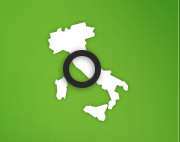
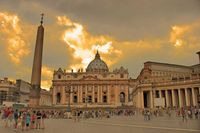
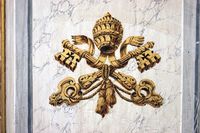
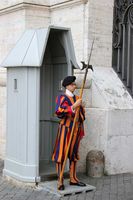
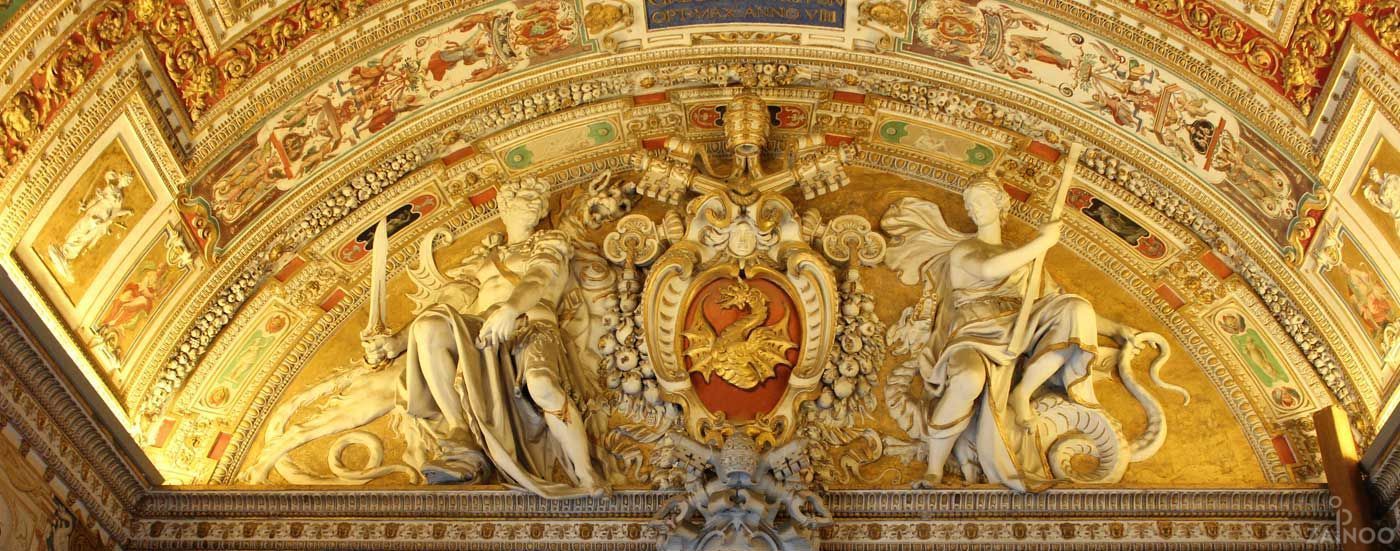
Tweet